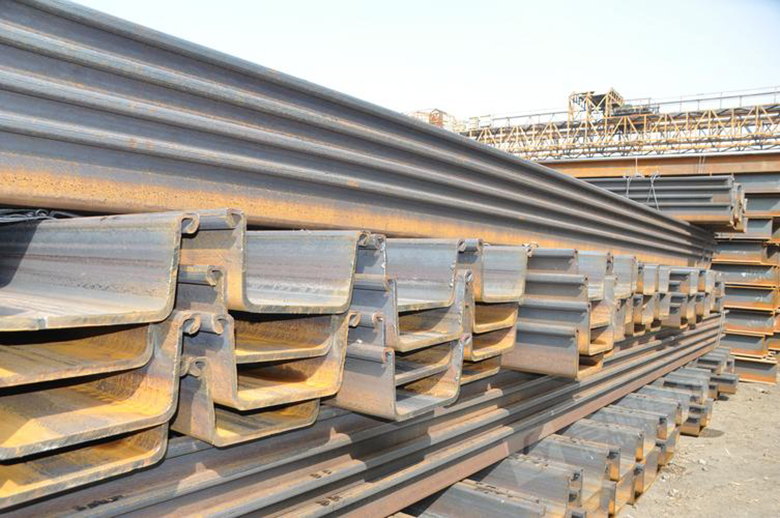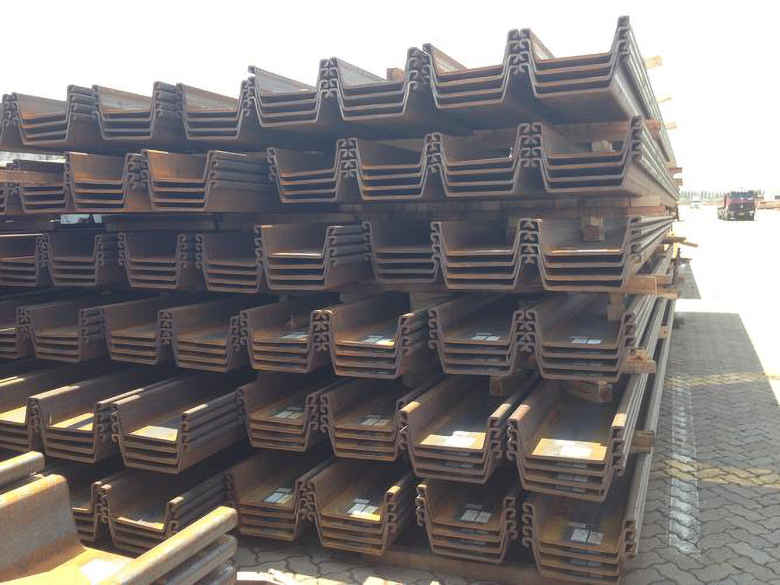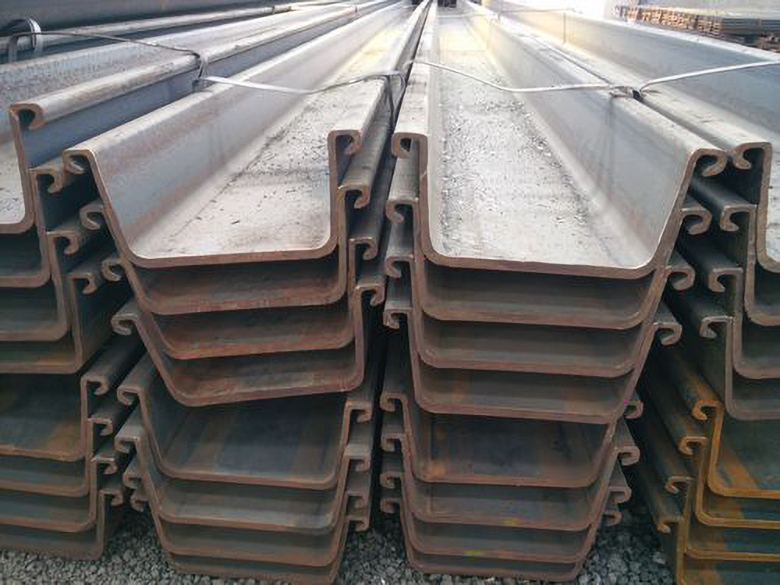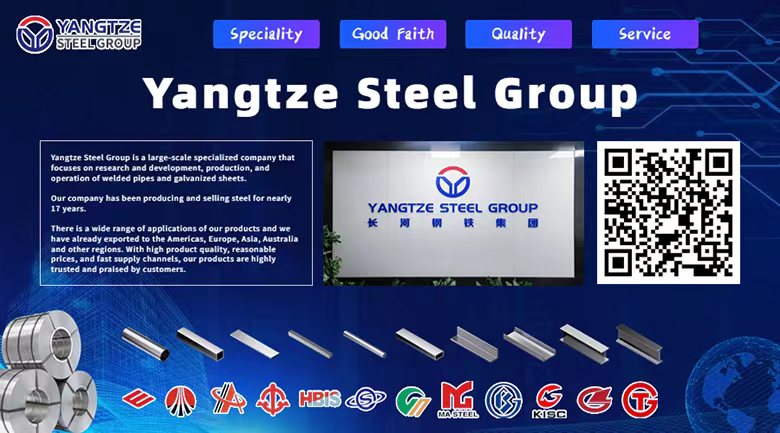Surface treatment of steel sheet piles
Steel sheet piles are widely used in construction projects. In order to extend their service life and improve corrosion resistance, surface treatment is a crucial step.

1. Anti-rust paint coating
A layer of anti-rust paint is applied to the surface of steel sheet piles by spraying, brushing or dipping, which is suitable for general corrosive environments. This method is low-cost and convenient to construct, but the coating is thin and susceptible to mechanical damage, requiring regular maintenance and re-coating.

2. Hot-dip galvanizing
Hot-dip galvanizing immerses steel sheet piles in molten zinc liquid to form a zinc protective film. The hot-dip galvanized coating has strong adhesion and excellent corrosion resistance, and is particularly suitable for highly corrosive environments such as oceans and wetlands. Despite its high cost, its long-term protective ability makes it popular in high-demand projects.

3. Electrogalvanizing
Electrogalvanizing deposits a layer of zinc coating on the surface of steel sheet piles through electrochemical reaction. The surface is smooth and beautiful, with good corrosion resistance, and is suitable for general environments. This method has a thinner coating and is slightly less durable than hot-dip galvanizing.

4. Surface treatment agent
The surface treatment agent forms a thin film on the surface of the steel sheet pile through chemical treatment, which plays an anti-corrosion role. This method is easy to construct, low cost, and suitable for mildly corrosive environments, but the protective effect is limited and requires regular maintenance and re-treatment.
According to the specific project requirements, scientifically selecting the most suitable surface treatment method can significantly improve the durability and corrosion resistance of the steel sheet pile, ensuring its safety and reliability in various projects.









